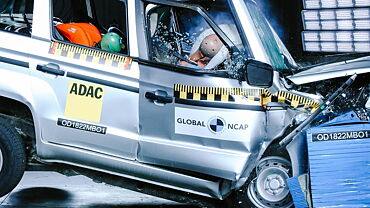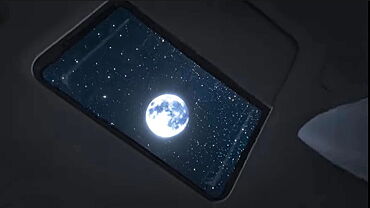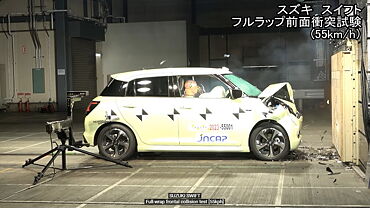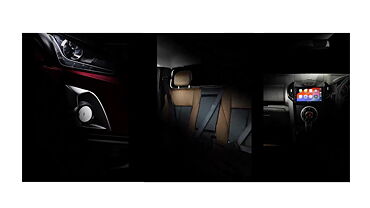Most people mistakenly assume that their role in the car ownership process is limited to paying for it at the time of purchase, driving it around & occasionally servicing it as per need. However, they fail to realize the importance of understanding the basic functioning of their vehicle. Some even go on to brag about how the owner’s manual of their car is still lying unopened and looks brand new.
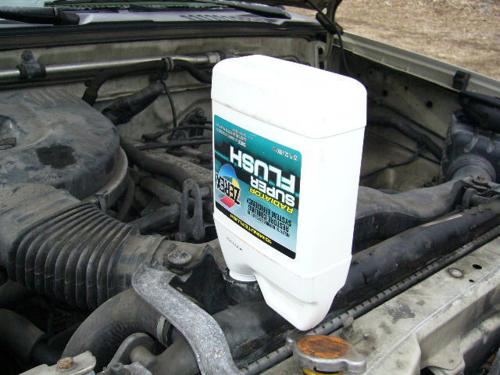
Sadly, such people will never understand the importance of car maintenance & having adequate working knowledge about it. For even if you don’t actually carry out tasks such as how to flush your car’s radiator, it is still crucial that you understand the process, just so you can supervise someone else who knows their stuff.
Typically speaking, it is used cars that tend to face problems with the radiator & while most repair shops these days advice an immediate replacement as the only solution, there’s still hope in trying a bit.
Radiators get choked with age, due to corrosion & sediment deposits being formed inside the system. This leads to reduced performance & strains the rest of the engine components. You’ll know it is time to start brushing up on how to flush your car’s radiator, when it starts to overheat and you’ve tried every other solution to no avail.
You begin by carefully draining out the radiator, ensuring that all the coolant (which is environmentally damaging) & disposing it as per prescribed guidelines.
Next, remove the cap from the top of the radiator & the breather tank (make sure the engine is cold before this).
Look for a drain plug & loosen it; observe if the coolant drains out. If not, then use a stretch of bare wire to try & unclog the drain.
Disconnect the hoses at the top & bottom of the radiator & carefully take it out. Attach a low-pressure water hose to the top spout & plug the one at the bottom loosely. Leave the water on till it runs clean from the other end. If it doesn’t then reverse the position of the radiator, plug in the water hose at the bottom and turn on the tap.
Use a dedicated radiator flushing solvent to dissolve hardened deposits if necessary before flushing. When you’re done flushing, take the time out to clean the radiator fins. Easily damaged under the slightest pressure (you’ll already see a few bent ones on most used cars that have been on the road since a while), use a tooth-brush along with a radiator degreasing solvent to clean it. Hose from back to front & reassemble to have a renewed radiator that performs better than before.




